
The pioneers of Switzerland’s ‘Chocolate Revolution’
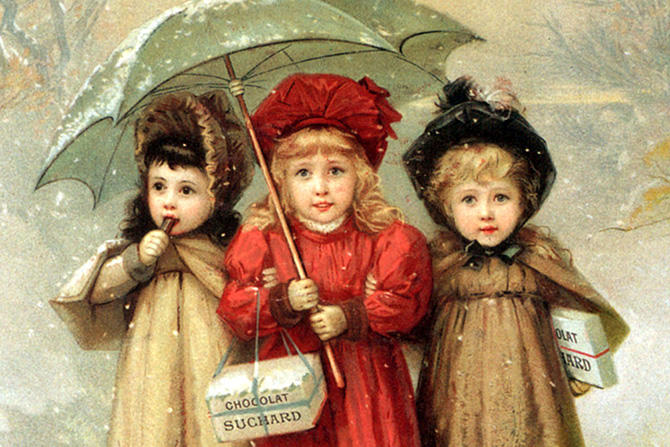
How did a country without a single homegrown cocoa bean become one of the world’s leading chocolate manufacturers? swissinfo.ch explains how the story of chocolate as we know it is the story of Swiss innovation, immigration, luck – and love.
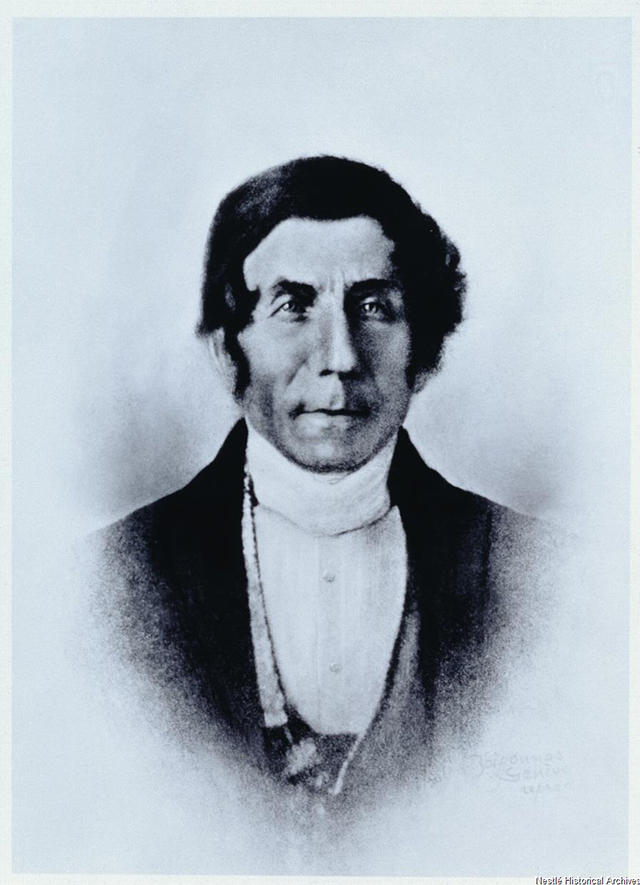
The $100 billion (CHF100 billion) global chocolate industry has certainly come a long way since the days, some 3,000 years ago, when inhabitants of central and southern America would gather around the fire with a bitter, grainy drink called “xocolātl”.
While it’s true that Europeans have been sipping chocolate since the 17th century, chocolate as we know it today is largely thanks to a handful of 19th-century Swiss confectioners and entrepreneurs, many of whom remain household names around the world. Let’s meet some of the main figures in this Chocolate Revolution and their claims to fame.
1819: Queen Victoria is born, James Monroe is in the White House … and the world’s first mechanised chocolate factory is opened. François-Louis Cailler (1796-1852) converted a former mill near Vevey, overlooking Lake Geneva, thus establishing the oldest brand of Swiss chocolate still in existence. Cailler had spent four years in Turin as a chocolatier’s apprentice and when he returned home he invented a technique for making chocolate solid (unhappy Italians accused him of sticky fingers). Automation also made chocolate affordable for the masses.
Claim to fame: father of the chocolate bar.
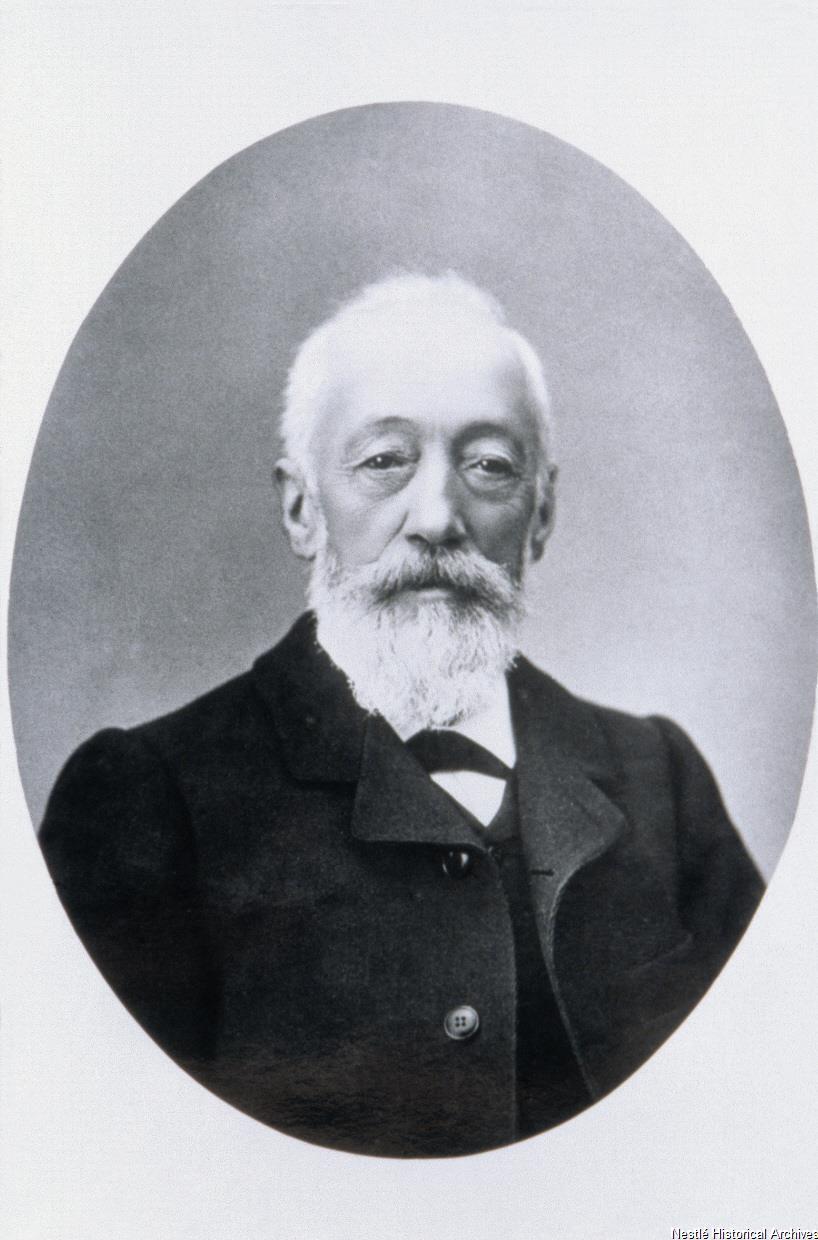
In another historic event, in 1863 Cailler’s daughter Fanny married Daniel, the local candlemaker. However, the burgeoning success of oil lamps forced Daniel Peter (1836-1919) into a change of career and in 1867, having learnt the ropes from his in-laws, he founded his own chocolate company, also in Vevey. Business was poor, however, so he looked for a way to stand out. His friend and neighbour Henri, a German immigrant, had developed a powdered milk product and Peter’s eureka moment was to try to add this to his chocolate. It didn’t work – there were mildew issues – but he didn’t give up and asked Henri for some condensed milk instead. In 1875 he eventually cracked the problem and milk chocolate was born! It was an immediate hit across Europe.
Claim to fame: invented milk chocolate.
Henri was none other than Henri Nestlé (1814-1890), born Heinrich Nestle in Frankfurt, who had arrived in Vevey in 1839. He never made chocolate himself, but as a result of various mergers (for example with the companies of Peter, Cailler and Charles-Amédée Kohler in 1929) Nestlé has become the largest food company in the world.
Claim to fame: brilliant entrepreneur whose business sense fostered Swiss chocolate-making innovations. Claim to infamy! Subjective this, but Nestlé (the company, not the man) was responsible for white chocolate, launching the Milkybar in Europe in 1936.
Back in 1819, a young Philippe Suchard (1797-1884) was slaving away in his brother’s confectionery shop in Bern. Seven years later he went it alone, setting up a chocolate factory in Serrières, canton Neuchâtel. Chocolate at the time was fairly grainy and gritty and Suchard, reportedly a proto-chocaholic, wanted to make it more palatable, so he invented his “mélangeur” (mixing machine) that would grind sugar and cocoa powder into a smooth paste. By 1883, Suchard was producing half of all chocolate made in Switzerland.
Claim to fame: the mélangeur; the first Swiss chocolate factory built abroad (in Germany in 1879); Milka (launched in 1901).
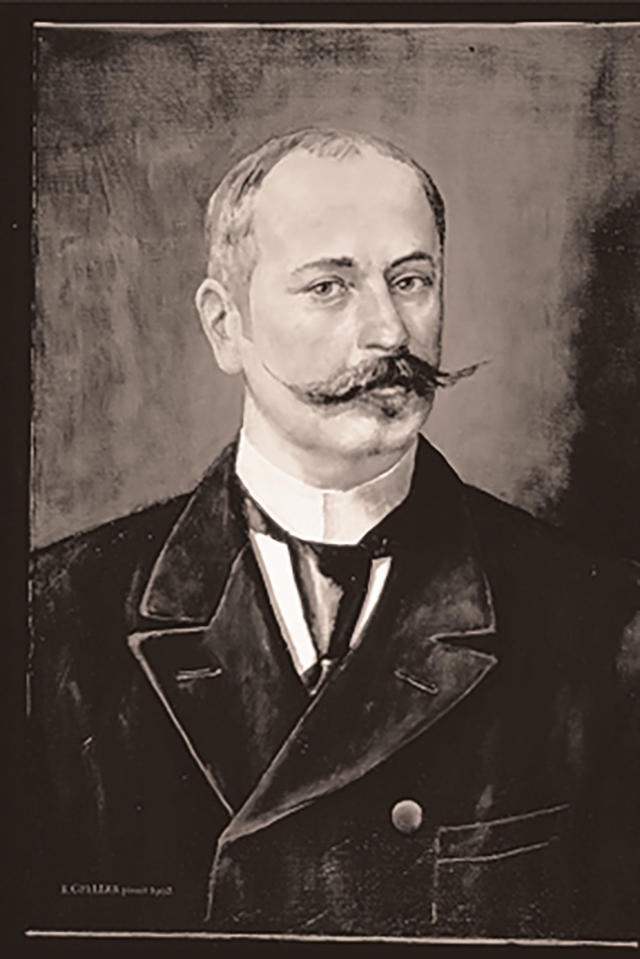
A creative contemporary of Suchard was Charles-Amédée Kohler (1790-1874), who opened a chocolate factory in nearby Lausanne in 1830. His son trained Rudolf Lindt, a distant cousin.
Claim to fame: invented hazelnut chocolate and “sticks” of chocolate.
Conching sounds like something out of Lord of the Flies, but without it, we’d still be chewing chocolate instead of enjoying it melting on our tongue. The man we have to thank for this is Rudolf Lindt (1855-1909). Once Lindt had learnt the tricks of the trade from the Kohlers, he moved back to Bern and opened a chocolate factory in 1879. The same year – four years after Daniel Peter had given the world milk chocolate – he developed his conch machine, which, according to Lindt, involves “a long process of intense mixing, stirring and aerating of heated liquid chocolate to eliminate unwanted acidity and bitterness”. The story, according to the Lindt website, is that Rudolf left the machine running over a weekend – no one knows why – and when he came in on Monday morning “what he found in the stirring tank was anything but hard, burnt chocolate mass. It shone; it smelt wonderful”. Rudolf Lindt, the man who put the “dip” in serendipity.
Claim to fame: conching (and thus Chocolate 2.0).
Here’s some conching in action (plus the rest of the chocolate-making process) as demonstrated by Swiss chocolatier Läderach, founded in canton Glarus in 1962:
One of Lindt’s first customers in Bern was Jean Tobler (1830-1905), originally from canton Appenzell Ausser Rhoden, who in 1867 had opened a chocolate shop in which he sold other people’s goods. He eventually opened his own factory in Bern in 1899 (better chocolate than never). Nine years later his son Theodor (1876-1941) and Theodor’s cousin Emil Baumann launched the product for which the family name continues to be remembered.
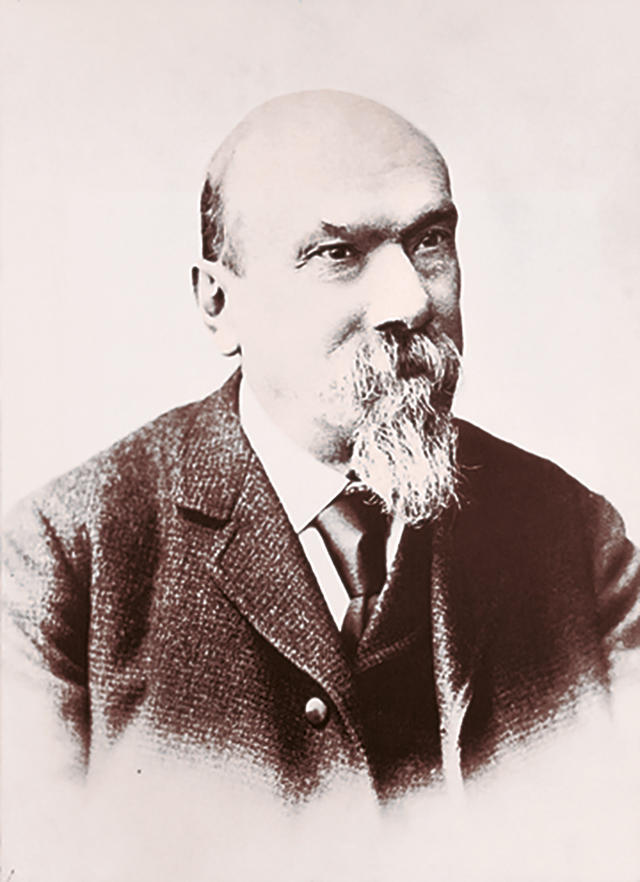
Claim to fame: Toblerone.
Tobler eventually merged with Suchard in 1970 to become Interfood and – to cut a long list of acquisitions short – Toblerone and Milka are now both owned by US multinational Mondelez International. But the biggest merger of 1899 involved Rudolf Lindt selling his factory – and, more importantly, the secret of conching – to Rudolf Sprüngli (1847-1926), creating Lindt & Sprüngli. Rudolf had chocolate in his blood: his father, also Rudolf (1816-1897), and grandfather, David (1776-1862), had opened the original Sprüngli confectionery shop and café in Zurich in 1836, catering to the local high society. In 1892, Rudolf Jr inherited the family chocolate factory (his brother got the confectionery shops) and tried to replicate in Zurich what Lindt was doing in Bern. He couldn’t, so he went the direct route and bought Lindt’s factory. Today, Lindt & Sprüngli is the largest producer of premium chocolate in the world.
Claim to fame: the Sprünglis led the way in German-speaking Switzerland; the Gold Bunny (created in 1952).
These pioneers got the truffle rolling for the Swiss chocolate industry, but many others helped shape it and contributed to its success, both in the early days and throughout the 20th century. Honourable mentions go to Aquilino Maestrani, Robert and Max Frey, Jean-Samuel Favarger, Camille Bloch, Rudolf Läderach, Otto Kägi, Jean Tschirren, Max Felchlin and Walter Gysi.
A shout-out also to Konrad Egli, who reportedly invented the chocolate fondueExternal link in his New York restaurant Chalet Suisse in the mid-1960s as part of a promotion for Toblerone.

In compliance with the JTI standards
More: SWI swissinfo.ch certified by the Journalism Trust Initiative















![The four-metre-long painting "Sonntag der Bergbauern" [Sunday of the Mountain Farmers, 1923-24/26] had to be removed by a crane from the German Chancellery in Berlin for the exhibition in Bern.](https://www.swissinfo.ch/content/wp-content/uploads/sites/13/2025/12/01_Pressebild_KirchnerxKirchner.jpg?ver=f05a5a9c)















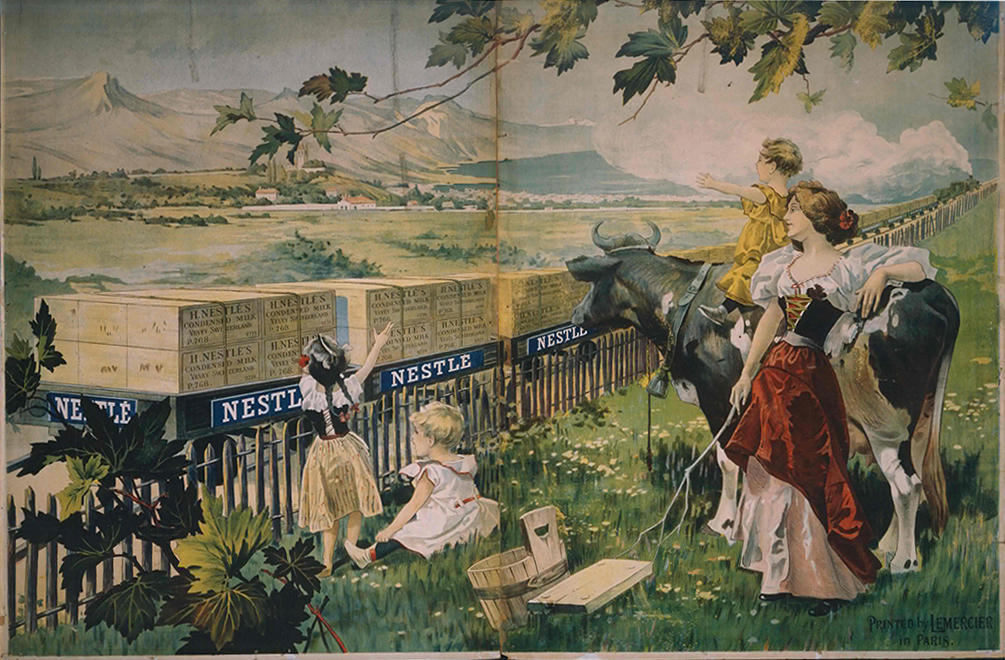
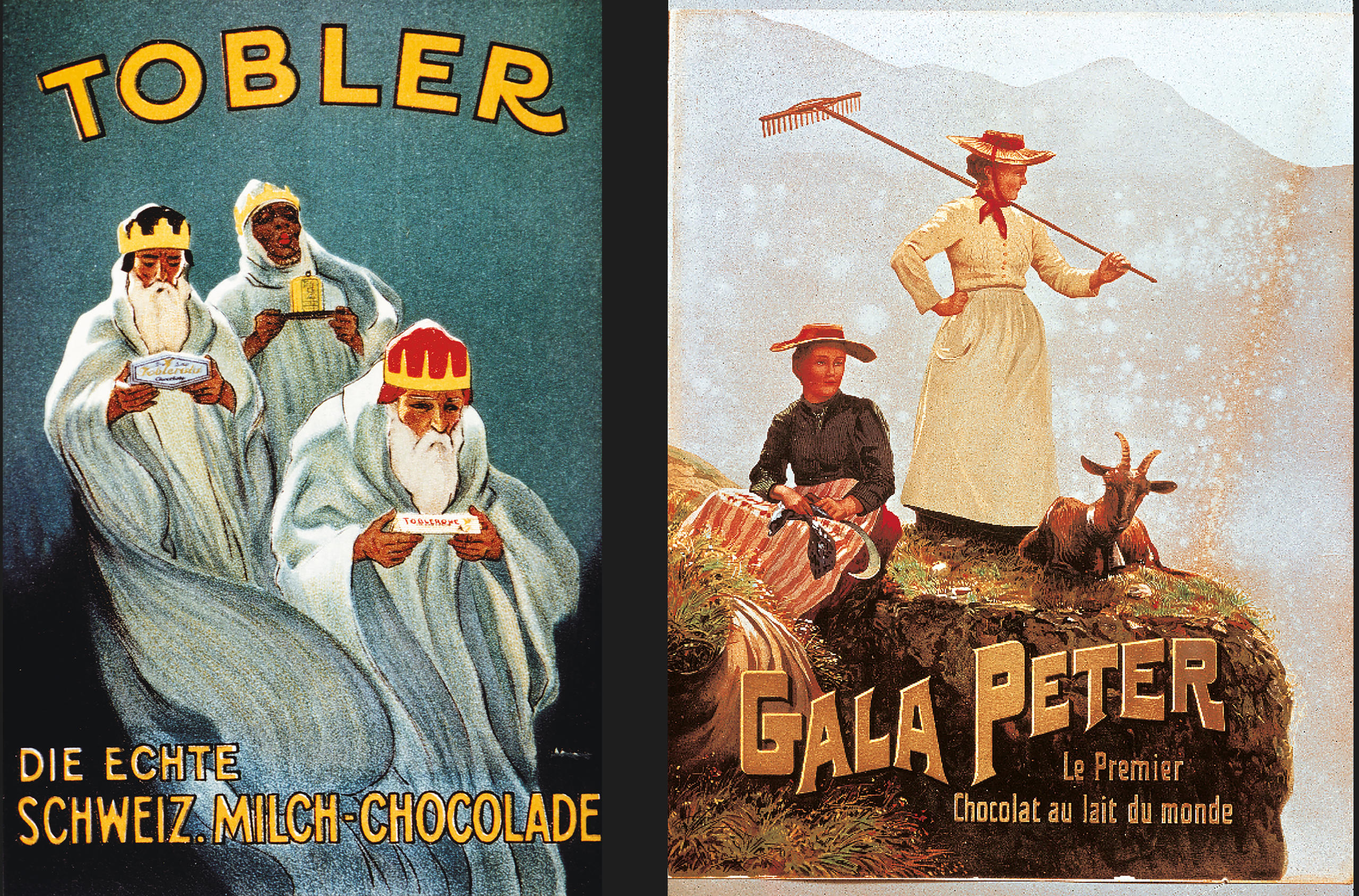
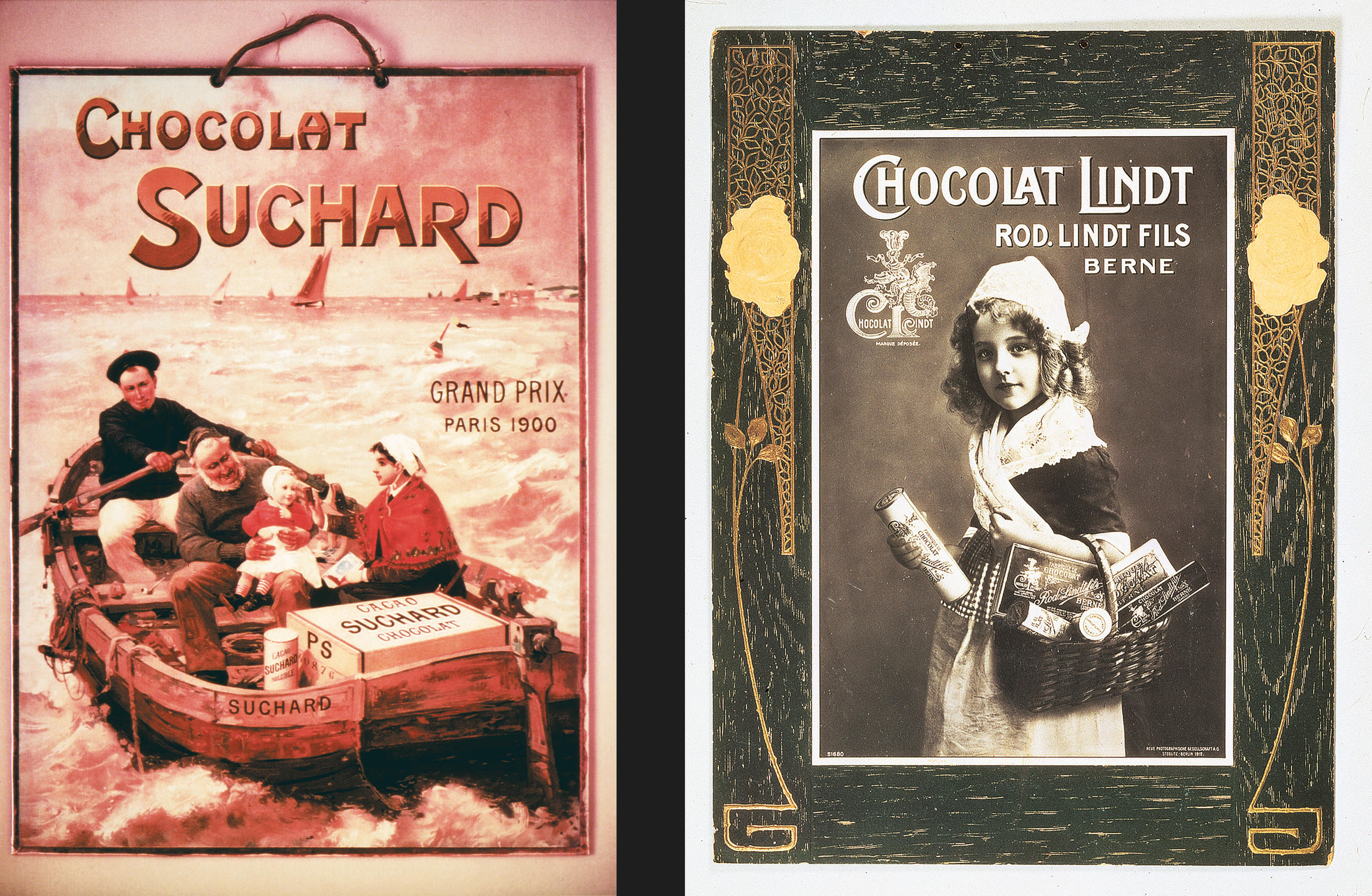
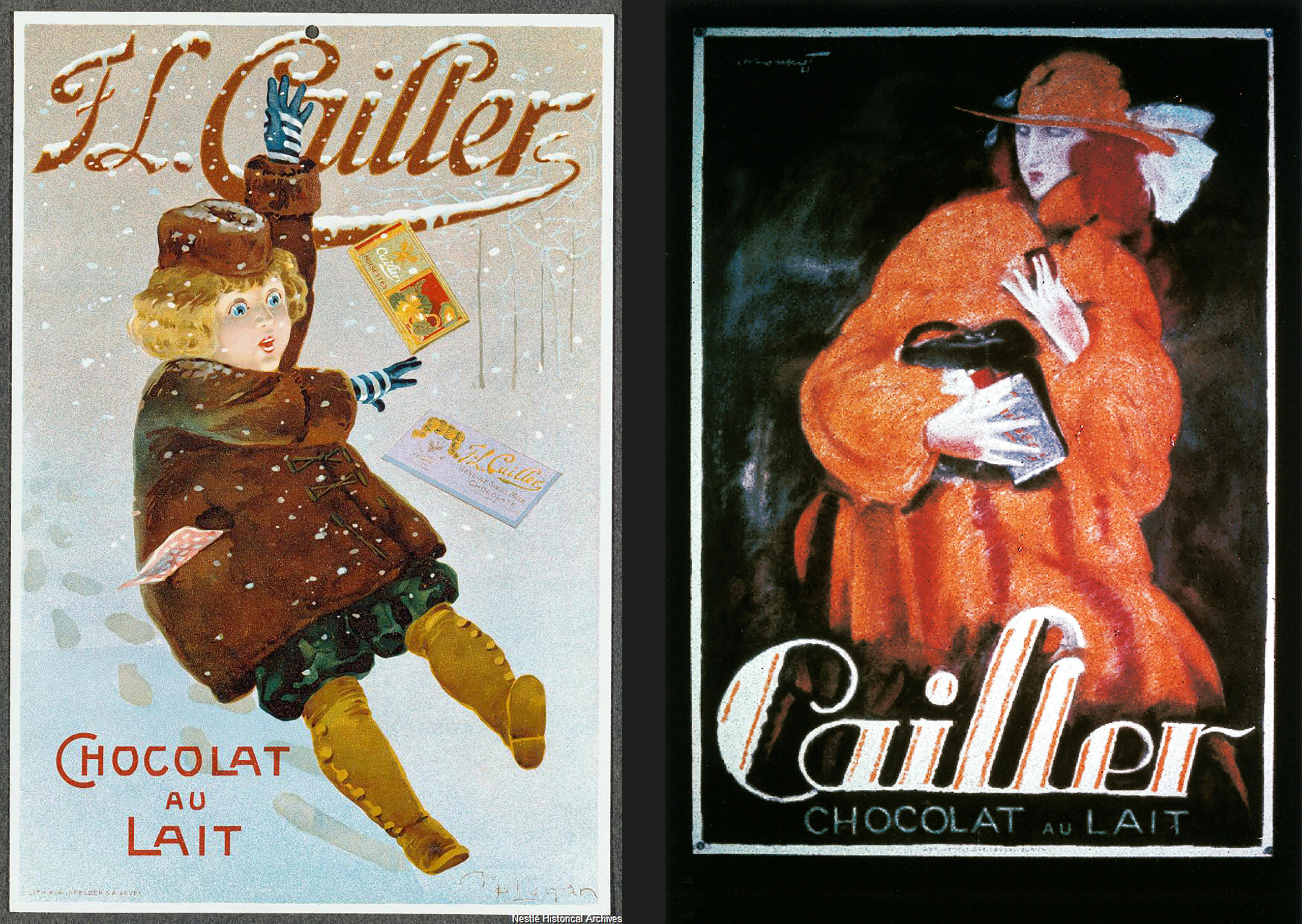
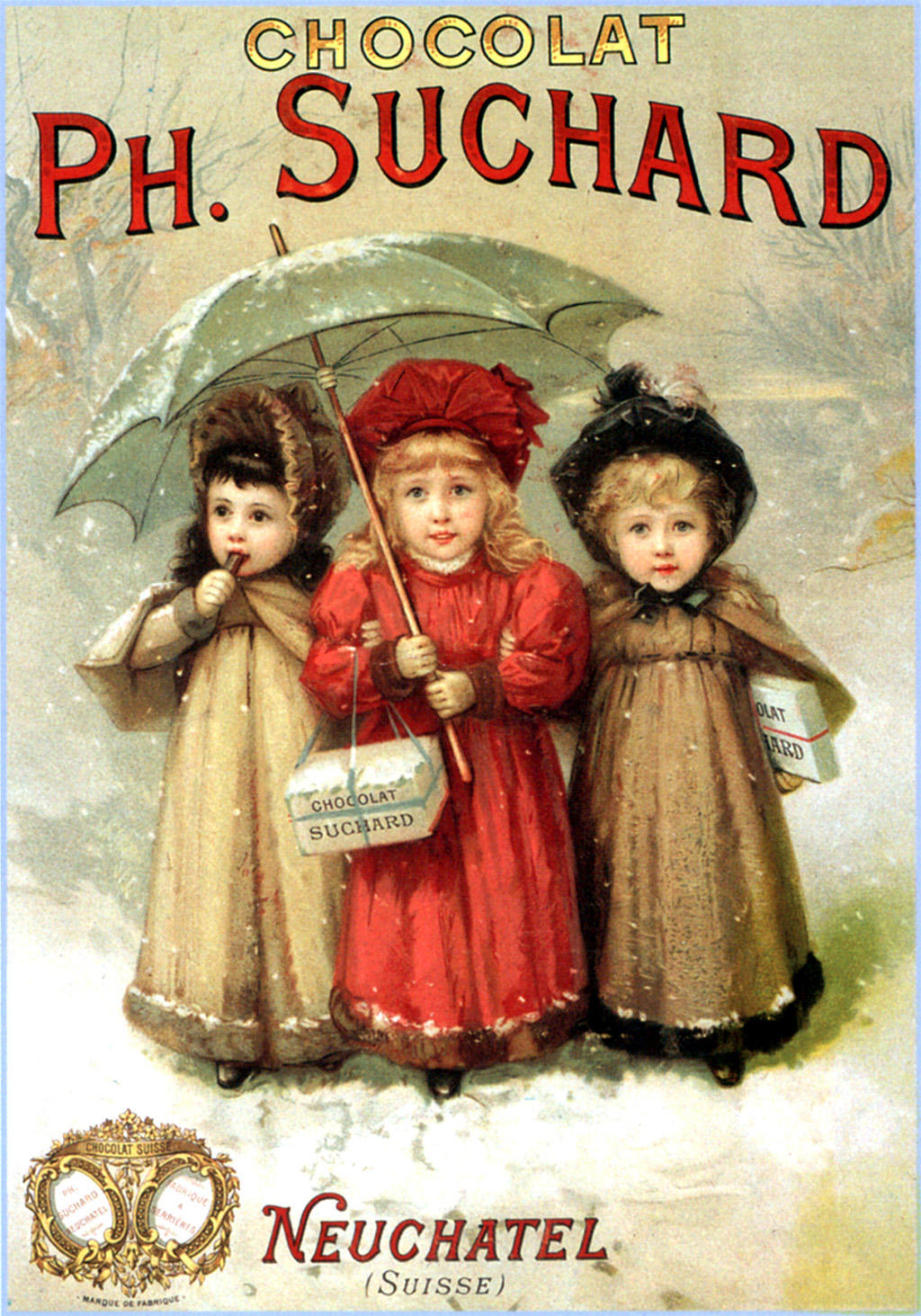
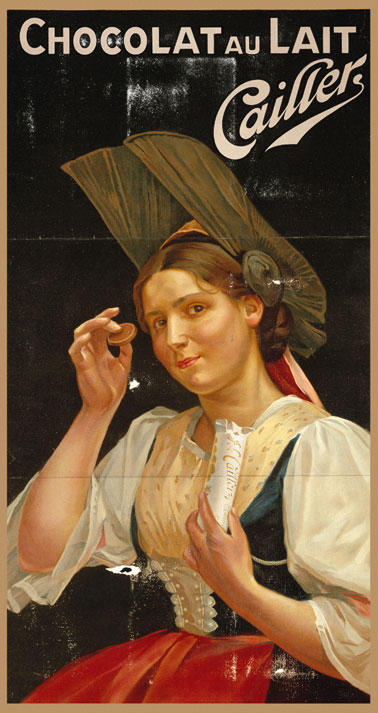
Join the conversation!